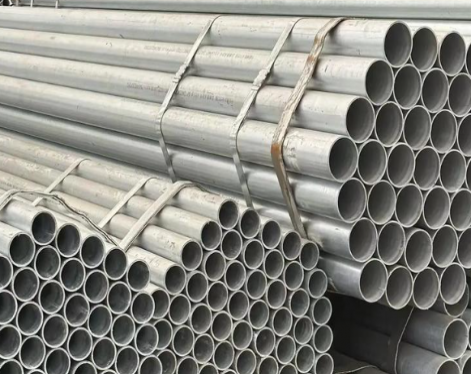Generally, the containers that bear internal pressure, except for spherical containers, are mostly composed of a cylinder and a head. The barrel is a cylindrical shell, and there are many types of heads. High pressure vessel mostly use flat heads. In addition to flat and hemispherical heads, the heads of medium and low-pressure vessels also have semi-elliptical heads and butterfly seals. Head, conical head, etc.
Cylindrical vessel is the most common form of pressure vessel structure. It has the advantages of simple structure, easy manufacturing, and convenient installation of accessories inside. It is widely used as reactors, heat exchangers, separators and small and medium volume storage vessels. The volume of the cylindrical container is mainly provided by the cylindrical barrel (hereinafter referred to as the cylinder).
Cylinders can be divided into two categories: single-layer type and combined type. The single-layer type has the advantage of simple structure. However, thick-walled single-layer cylinders also have some problems, mainly in:
①In addition to the integral forged thick-walled cylinder, the weaker deep ring welding and longitudinal weld cannot be completely avoided. It is difficult to detect and eliminate welding defects; and the structure itself lacks the ability to prevent rapid crack propagation;
②The performance of large forgings and thick steel plates is not as good as that of thin steel plates, and the mechanical properties of different directions are quite different, the ductile-brittle transition temperature is higher, and the low-stress brittle failure is more likely to occur;
③High processing equipment requirements;
Cylindrical vessel is the most common form of pressure vessel structure. It has the advantages of simple structure, easy manufacturing, and convenient installation of accessories inside. It is widely used as reactors, heat exchangers, separators and small and medium volume storage vessels. The volume of the cylindrical container is mainly provided by the cylindrical barrel (hereinafter referred to as the cylinder).
Cylinders can be divided into two categories: single-layer type and combined type. The single-layer type has the advantage of simple structure. However, thick-walled single-layer cylinders also have some problems, mainly in:
①In addition to the integral forged thick-walled cylinder, the weaker deep ring welding and longitudinal weld cannot be completely avoided. It is difficult to detect and eliminate welding defects; and the structure itself lacks the ability to prevent rapid crack propagation;
②The performance of large forgings and thick steel plates is not as good as that of thin steel plates, and the mechanical properties of different directions are quite different, the ductile-brittle transition temperature is higher, and the low-stress brittle failure is more likely to occur;
③High processing equipment requirements;









